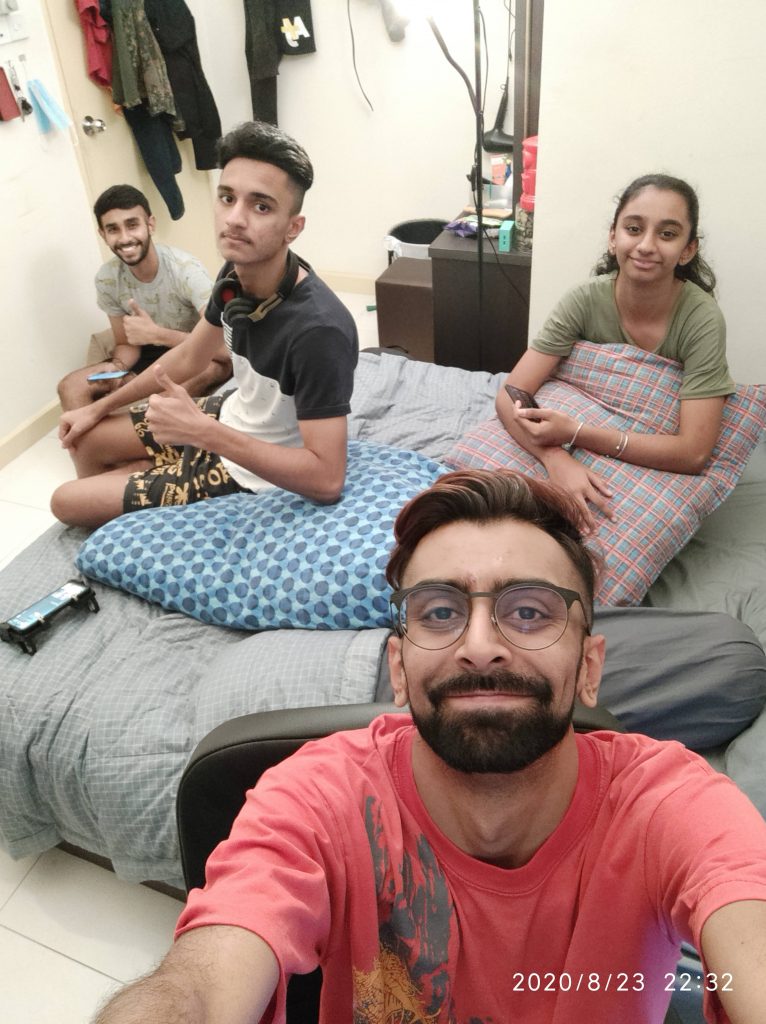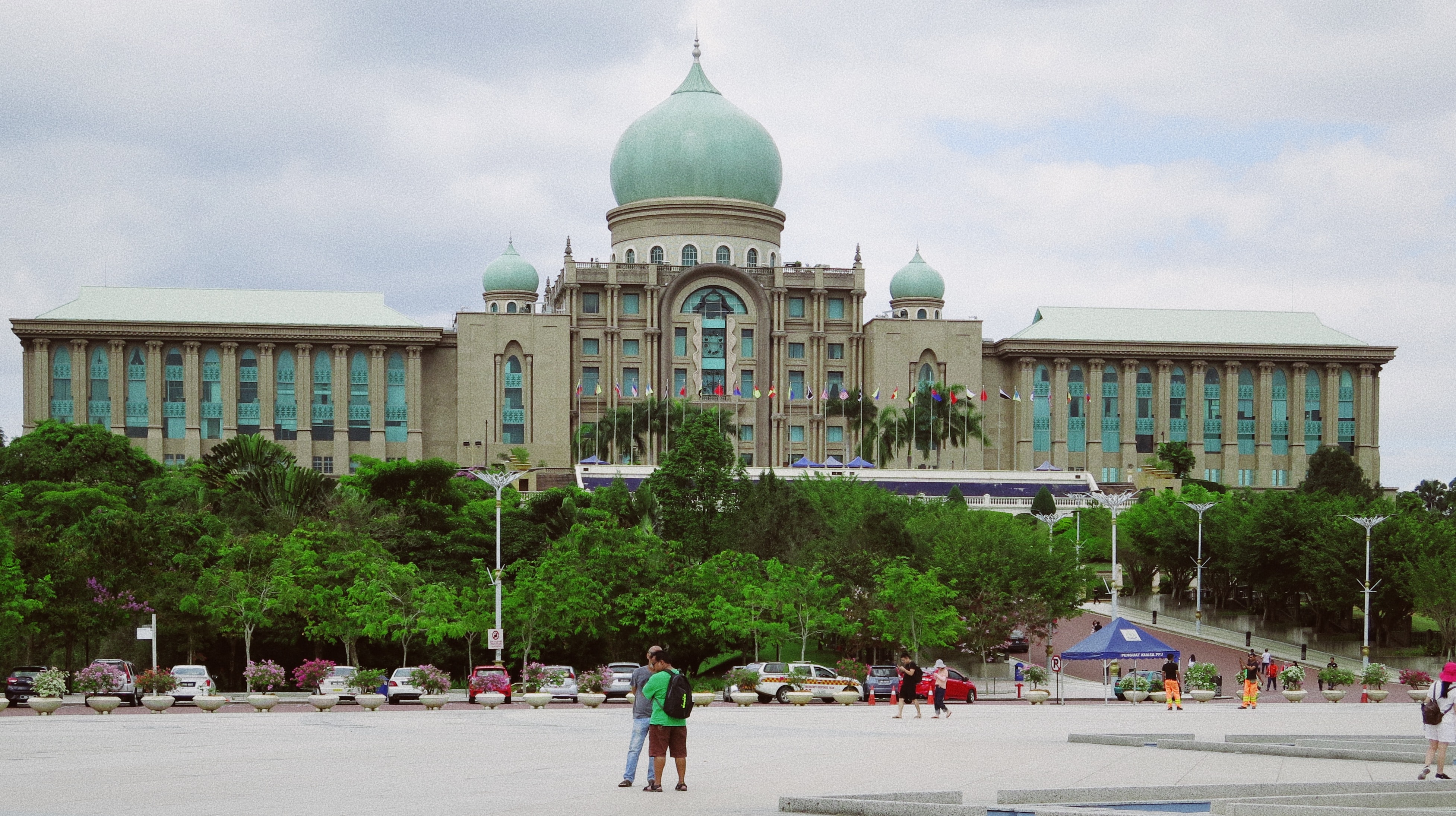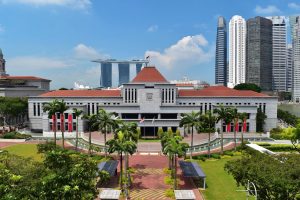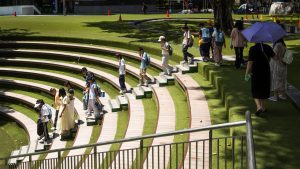It was a vision decades in the making. Then the political debacle that came at the end of February marred the nation’s spirits.
The Covid-19 chaos that ensued became the final blow.
A group of us went for bowls of beef noodles, walked around the fresh art street at Lorong Panggung, and I showed them around my usual date spots.
We promised this would become a monthly, or at most, bi-monthly affair and the next gathering was planned—a visit to a local bookstore next month, where they would be able to pick any book they like, on me.
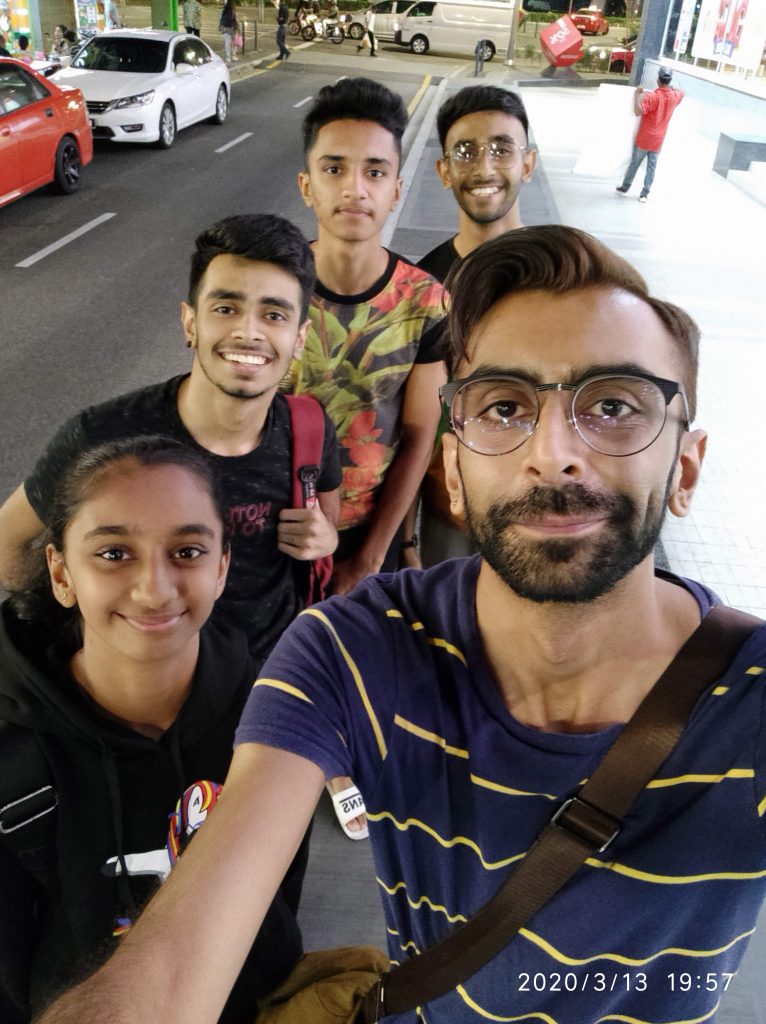
Human existence is movement. From conception to breathing, even the simple act of inhaling involves multitudes of motors and movements of particles to execute.
While companies scrambled to establish infrastructure to cope with the oncoming lockdown, some of us rushed to return to our hometowns. It was expected to be a 2-week sojourn, and in times of crises, home is the safest place to go. The initial 2 weeks slowly extended to 45 days and in that span of time, industries would collapse—tourism, night clubs, school buses, all sectors that involved any form of movement was at risk.
At that point, I had only recently created a functional routine that optimised my need for movement to maintain a balanced mental state and stave off the worst of my recurrent depressive episodes. Medications and meditations aside, I threw myself into swimming and yoga.
Tuesday 7 PM was my post-work yoga session and Saturday mornings were for swimming. Morning breakfast routines, post-work yoga/spin class or even a good cold shower at night are the obvious activities we think of when talking about habits. The forgotten habits are the ones that form in between these spaces. Taking the lift to the basement, keeping our wallets in our jeans, putting on a tie every morning and even lacing our shoes. These tiny sequences of events that form our individual routines, as a collective it forms our culture.
But then the culture collapsed.
Schools are a prime example of how a top-down culture works. Uniforms, morning assemblies, single-line filing, and fixed recesses. All in the name of educating the generation. Attendances are marked, which are usually discussed and reflected on during parent-teacher day.
All of these lost their meaning when schools were made to close for an extended period of time. Without an external check and balance and a formative culture, schools have become less functional in the role that they play to part education.
A UN study on the urban poor pockets of Kuala Lumpur found that students have been dropping out of school at an alarming rate. Some of it is attributable to the lack of access to the web. The study found that 8 out of 10 students from the urban poor community had no access to a functional computer, relying only on their smartphones to attend classes and carry out their assignments.
A Sabahan teenager gained fame for crafting her own treehouse to get stable internet to sit for the exams, highlighting the thousands of children living in remote villages that are facing the same, if not worse, problems in attending school. As the internet became the only medium to communicate in a physically-distanced world, this gap has fertilised the grounds for a growing disillusionment in education.
This sentiment is also echoed in the tertiary education sphere. Kee Tze San, 24, a chemical engineer in the making from a local public university said, “This pandemic has really made me question the virtue of going to the university because what we are doing now is practically distant learning. There’s not much difference between someone taking a part-time online learning degree than a full-time student.”
The infrastructure that holds a school or university in place has become decorative to some extent as more and more students are literally left to their own devices.
It’s too soon to say what this will actually lead to. Perhaps a Covid-generation of students who are more invested in vocational work than academia. Or perhaps the pandemic has just made visible the cracks in our education system as a whole.
Academia is not everyone’s cup of tea. Now we just see it better.
Kee adds that the inaction of institutions has also contributed to this disillusionment.
“The most glaring issue is that no one seems to care about what the students are going through,” she says, referring to how the traditional fees structure has been retained despite having lost access to the usual facilities.
As for Kee, there are some upsides. The lack of physical classes has also removed the need to travel, which has led to her having more time on her hands.
“But I’m still quite an overworked engineering student,” so some things remain the same for her.
Accountant-turned-Actor-turned-Accountant, Jad Hidhir, 27, started off the year on a high note, performing for a theatre gig in Singapore for two months. The SGD-to-MYR rates felt good, and the risk he had taken to quit his job as an accountant to become a full-time artist was starting to pay off. As he returned to Malaysia in March, there were already plans for a new play and he had a commercial gig lined up. The lockdowns took it all away.
The closure of cinemas became a big talking point as everyone turned to Netflix and the unavoidable stream of torrents, yet the performing arts industry, small yet home to many, immediately became invalid.
“I’ve taken up a part-time job as an accountant now while things hopefully get back into place. It wasn’t hard because it’s something I spent years doing before,” he said. This time, he’s accounting for an indie art company, so he’s still able to keep in touch with his art.
Thankfully, this was not his first rodeo. Being a full-time artist over the past couple of years had prepared him to stay on his feet. Having lost the usual avenue to perform, much like the rest of us, Jad and his team turned to Zoom.

While Jad brought his performing arts into the digital space to keep the spirit alive, Brinda Menon, 23-year old NGO worker, took her passion for dressing up to her Zoom meetings.
“Dressing up gives me a lot of joy. It’s one of the things I looked forward to before I head out to work. And I needed to keep doing that to keep myself sane,” she said.
In her words, she was quite an escapist before Covid-19 hit. She was unable to deal with it when the first round of lockdowns came around.
“I insisted on going to the office, I checked with my manager if that was possible, I didn’t really realise that was out of the picture. The virus didn’t care—and now I had to deal with it”.
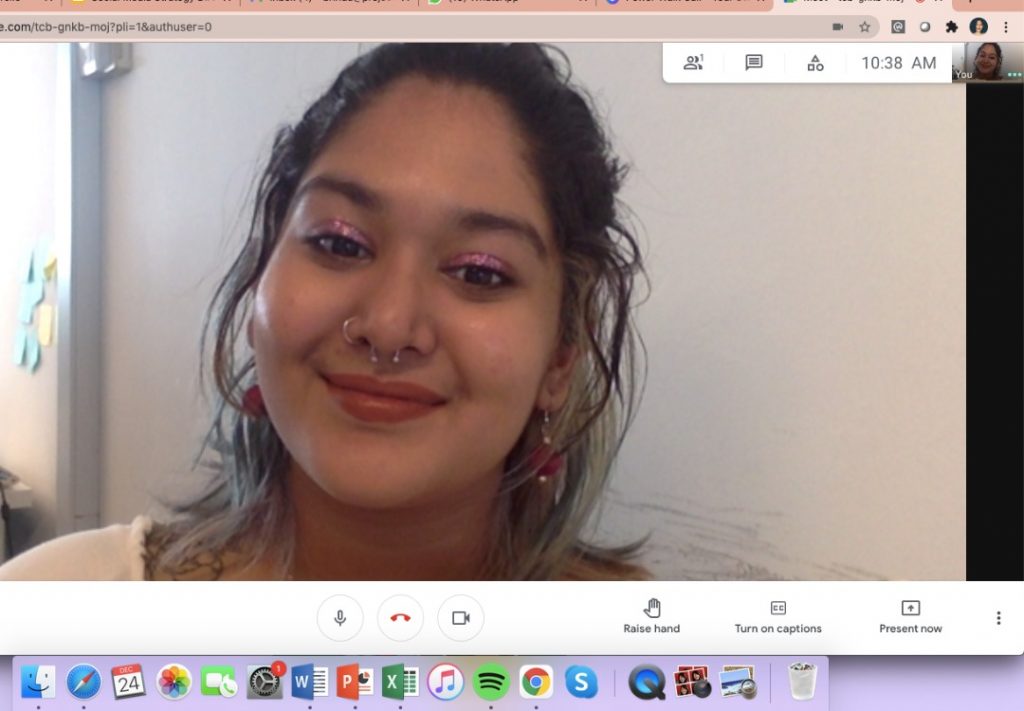
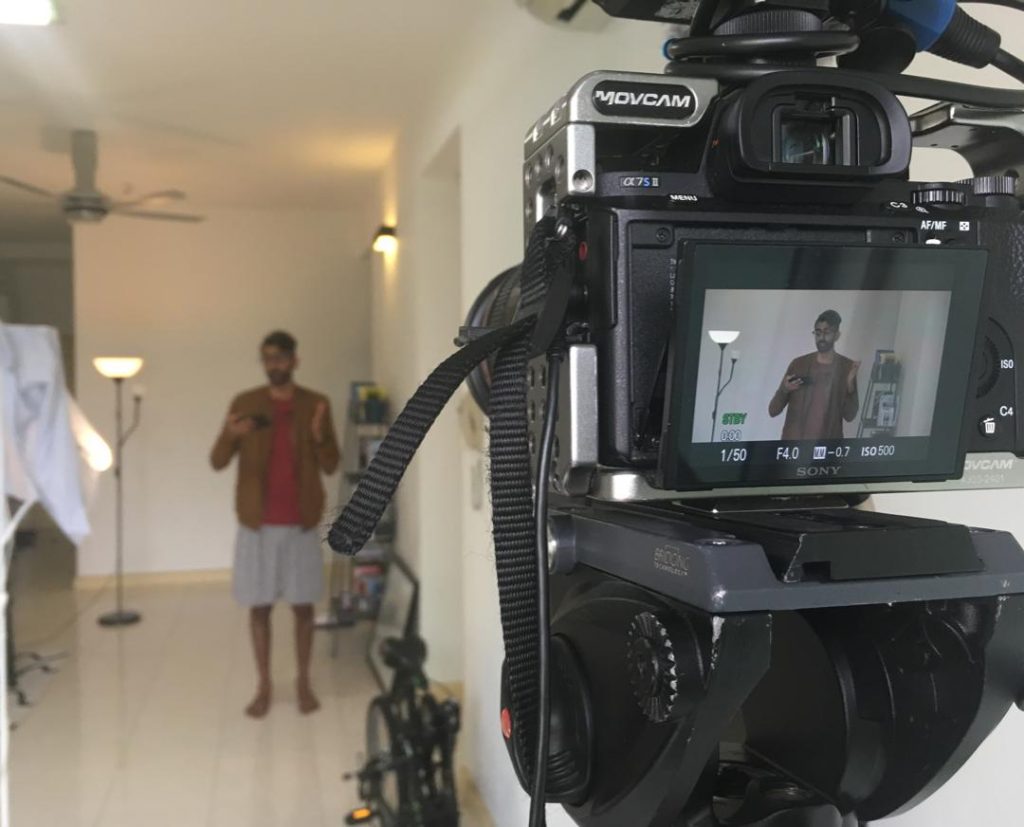
Every night we would catch up with each other over what we had for dinner, anything novel that happened throughout the day, and inevitably yell at each other as one of us got the rest killed.
“If you asked me a year ago, I would’ve never thought I’d get into an MLM,” says Shakira Kavanagh, but the 28-year-old had to bite the bullet to make ends meet.
Alongside her full-time employment, Shakira now runs two side gigs. Her husband, formerly a pilot for the national airline, lost 75% of his pay in the blink of an eye.
“The (loan) moratoriums that came helped, so we didn’t panic too much, but I knew I had to do something before the moratoriums ended”.
So they took the step to sell off their second car. Then she came across a multi-level marketing business opportunity. While she did her work to verify that it wasn’t a Ponzi scheme, joining an MLM is not something she was too excited about: “It helped that the startup capital was low and it’s something that is flexible to do throughout the day.”

The bank loan moratorium was a saving grace for many, as it put off worrying about paying off the housing & car loans, but it didn’t provide much shelter for those who live on rented properties, many of whom are from the bottom 40%.
“The year before Covid-19 hit, I was selling Milo ais kepal to school kids,” said Siti Fatihah, 38. She was fresh into the Milo ais kepal business after her husband stopped working due to health complications. She now had to figure out, yet again, a way to reinvent the wheel.
“That was all I had honestly. The first lockdowns were the toughest, I spent days and nights figuring what to do, to sustain our life. We have 5 kids.”
Fortunately, food never became a problem.
As the first round of lockdowns kicked in, local NGOs stepped up to the challenge, forming battalions to drive food aid into the crevices of pocket communities. “Our housing complex houses almost 1000 houses, but during the first round of the lockdowns, so many NGOs showed up to provide us with food. It was very, very touching. We owe them our lives.”
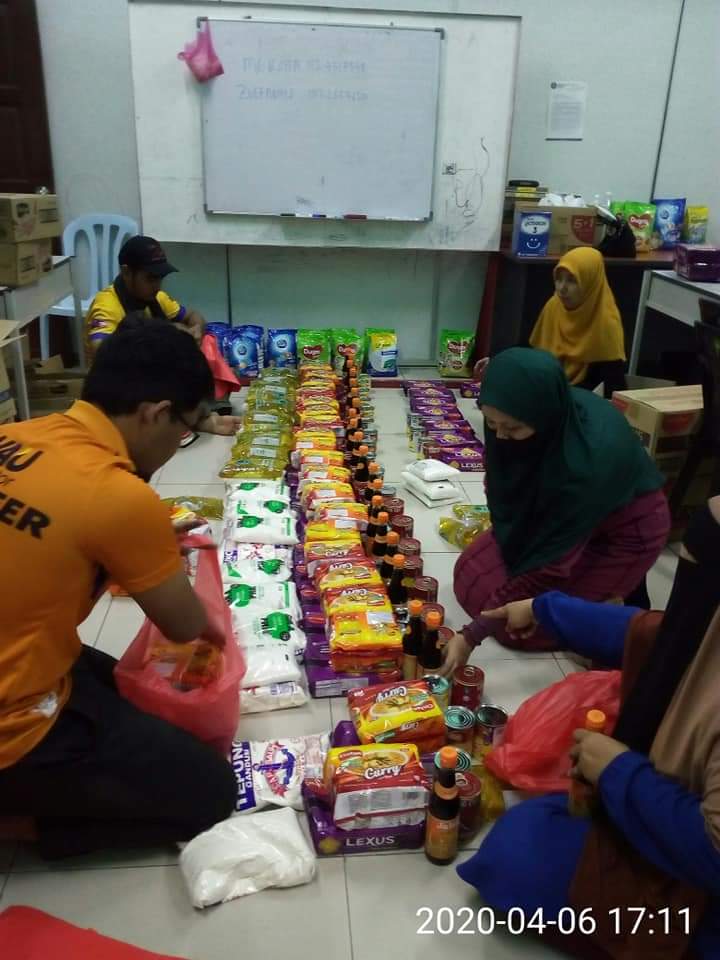
“When the schools reopen, I will get back to my Milo ais kepal business while making sandwiches.”
Covid-19 has been dubbed the great equaliser; the virus that doesn’t discriminate, as everyone is vulnerable to it. But while this does have some truth at a macro level, not all vulnerabilities are created equal. At a global scale, this once-a-century, unprecedented pandemic has caused similar ripples elsewhere—disillusionment in education, mental health issues, and financial inequity, to name a few.
Yet really, what this pandemic has done is bring to the surface cracks that have long existed. Urban poverty existed long before Covid-19 came into the picture. As did inequity in education, and xenophobia towards migrants and refugees.
Without preventative mechanisms in place, the pandemic further perpetuates the culture that already exists. Worldwide, we’ve seen how the crisis actually made billionaires more money. Locally, vulnerable groups have been pushed deeper into poverty. The equalising effect of Covid stops at forcing everyone to have limited movement. How this has panned out is markedly different for different levels of society. The pandemic provides a glimpse at how our systems manage stresses, from America’s neoliberal policy failing to look after its citizens to how our social safety nets have managed to stave off the worst.
Following Staruss-Howe’s generational theory, every generation has a defining crisis. Their predictions set our crisis point to be around 2025, and the only thing Covid-19 has really done is moved the timeline closer; the systems that are in place to handle the crisis are the ones we’ve been living with for some time.
“My only hope is for Covid-19 to end, so we can move on. That’s all that matters,” said Siti Fatihah towards the tail-end of our conversation.
While the heading sounds dramatic, points of no returns are mundanely common in our lives. At an individual level, we quit our jobs, change our cars, or end relationships, after which there’s no coming back. Every now and then, we are collectively faced with a paradigm-shifting event, where we collectively realise that this is an event horizon. This being an event that we are all facing together gives us the opportunity to decide what to change moving forward.
At the start of the year, much like the nations’ spirits, I was full of hope. This was going to be my year too. While my privilege has shielded me from the virus, it has also shifted my priorities, in terms of both habits and culture.
The empty working table occupying my bedroom has now shifted forms multiple times. At first, it housed a new monitor, then came a computer stand, and now it’s now facing a different direction with a water lily on it to improve the quality of air around the table. Spending more time working at home has changed how I work.
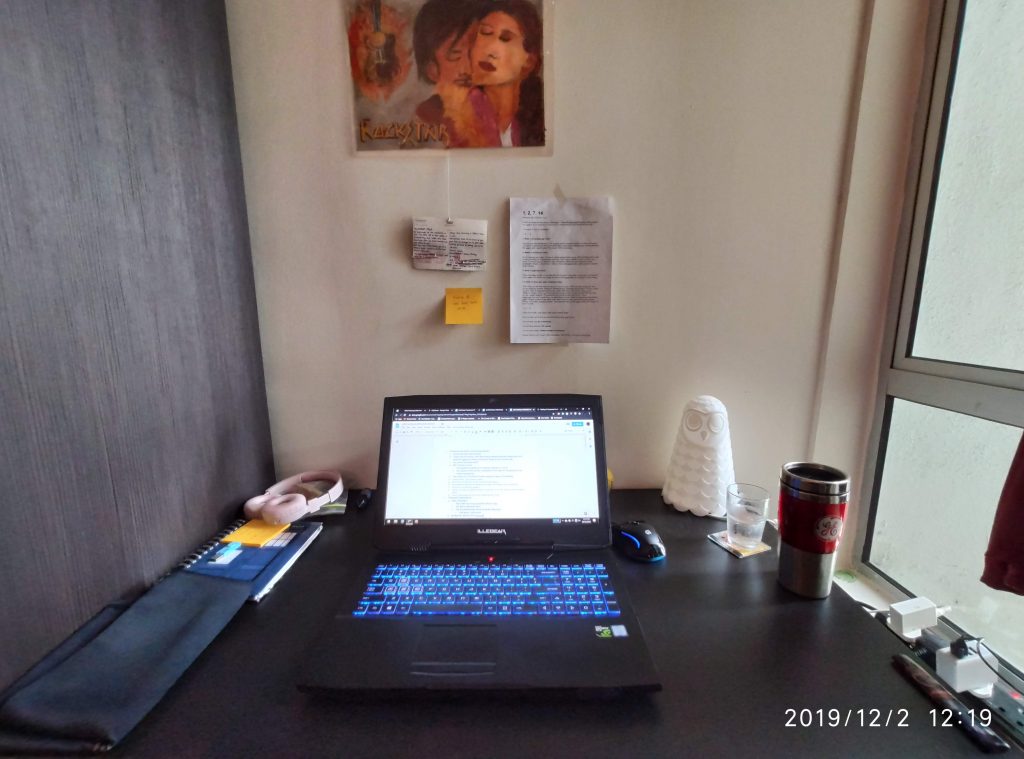
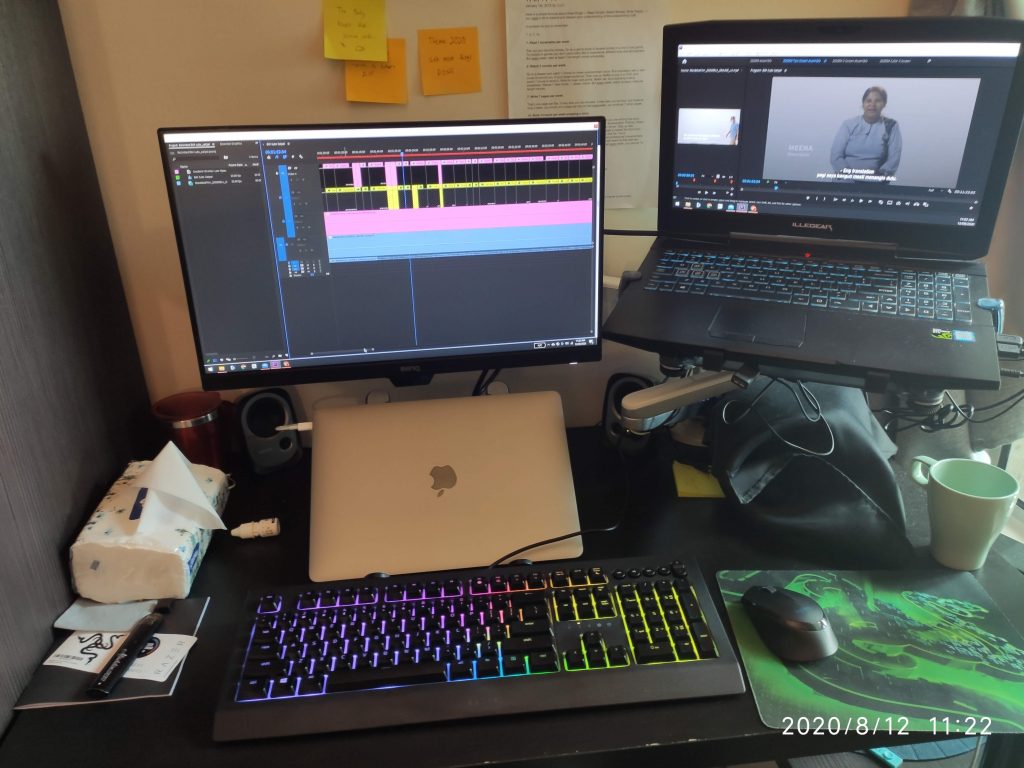
My baby cousin’s challenging move from his hometown ended rather anti-climatically. His office has a work from home policy till mid-2021, leaving him working in a small square by himself when he had been promised a comfortable cubicle, a cosy work environment, access to the office gym, and a playroom.
The kids and I, we finally did manage to meet—albeit almost 6 months later, during the Recovery MCO where I bought them the books I had promised. That night, they stayed at my place and for the first time, we played PUBG together.
